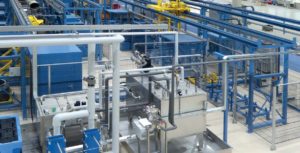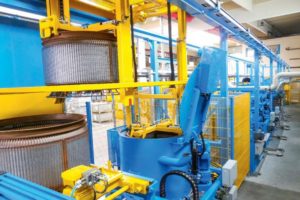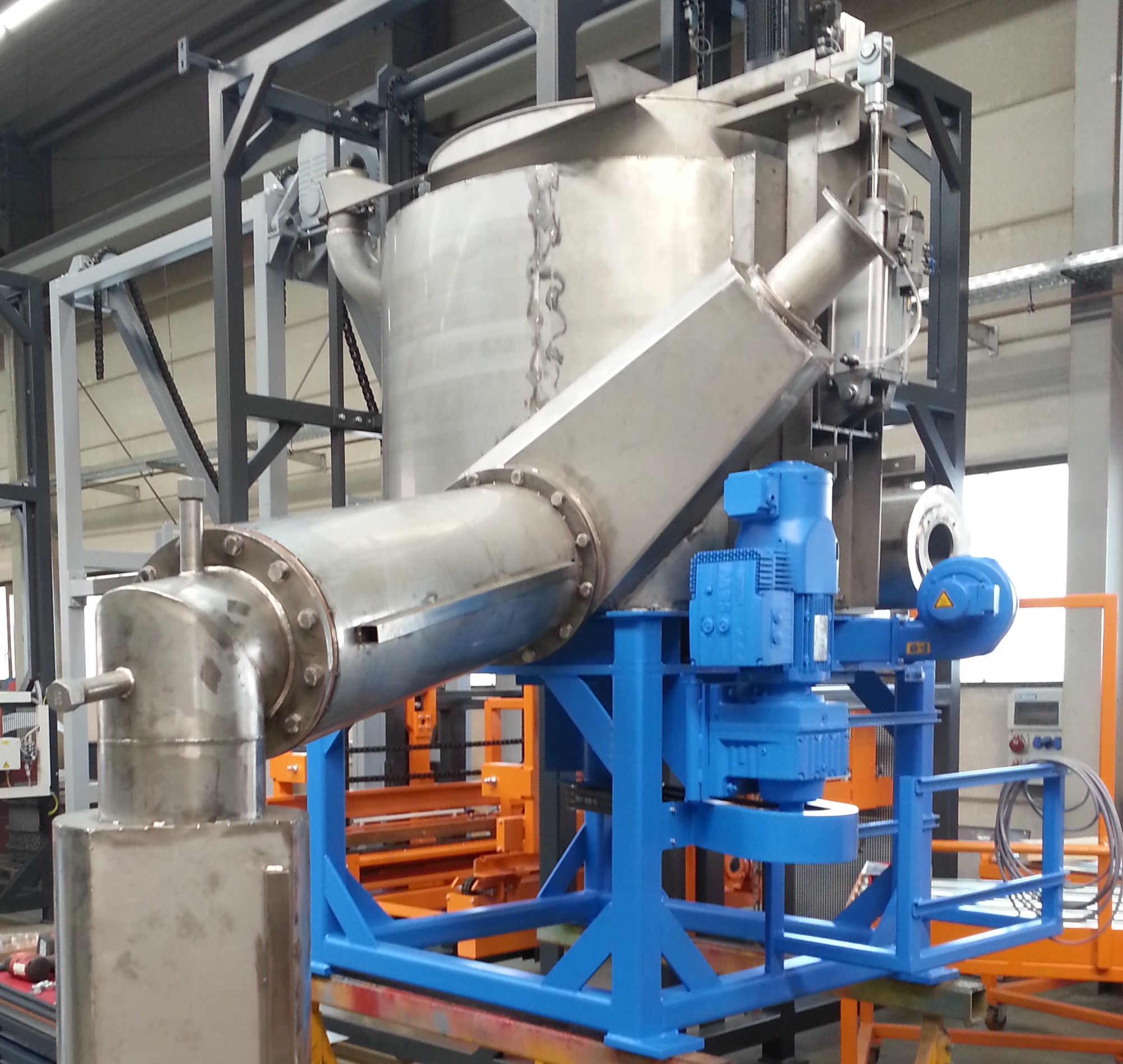
Centrifugal Industrial Aqueous Parts Washers
WMV designs and manufactures multi-stage industrial aqueous immersion and spray parts washers. All systems use baskets to move the parts through a centrifugal de-oiler, centrifugal parts washer, centrifugal rising module and centrifugal parts dryer. The centrifuge past washer, rinse and dryers can be set up to process parts semi-automatically or fully automatically by adding bin and container dumpers with part weighing systems.
The centrifugal equipment promotes oil and coolant recovery. Recovery of the oil and coolant makes the centrifuge extremely efficient and cost-effective. In one study we found our aqueous centrifuge industrial parts washer reduced water and chemical usage by nearly 90% after our customer decommissioned and replaced their spiral industrial parts washer. These inefficient systems are also known as drum washers. Please download the PDF catalog to learn more complete information about the advantages of centrifuge parts washing equipment.

Configuration of a Centrifugal Aqueous Parts Washer
The heart of the wash system is the basket. It ensures optimal treatment of the parts and batch separation. The parts that are loaded to the basket are transported through the entire process in the same basket until it is emptied into the specified containers. Transporting the parts through the process in a basket ensures there is no mixing of parts during the process. Basket inspection by the operator between lots ensures it is free of foreign material before it is refilled. The basket is engineered for the range of parts being processed by specifying perforations, construction materials, and baffle plates. In addition, the baskets can be engineered to handle (cassette baskets, box-shaped baskets) for introducing special parts or tasks into the system.

Salt Reclamation Centrifuge After Austempering
WMV has supplied approximately 40 salt quench recovery and washing systems working with 5 different furnace companies. All the systems have been for bulk austemper processing systems. It is also possible to use the system with austempered racked parts which may be beneficial since we can tilt a rack to clear blind holes and cavities, provided the parts will remain on the rack. Bulk austempered parts are dropped off the austemper furnace belt directly into a basket submerged in the salt quench tank that is located on one of the multiple basket positions submerged in the tank.
After the basket is filled, the baskets are rotated to bring the next empty basket to the furnace discharge for filling. The product that has been austempered is lifted out of the salt bath so the WMV hoist can pick up the basket and begin the process of recovering the salt, rinsing the parts, and drying the parts. If the customer wanted additional steps such as oiling, this might also be possible by unloading parts to a basket dedicated to the oil or coating that is desired.
